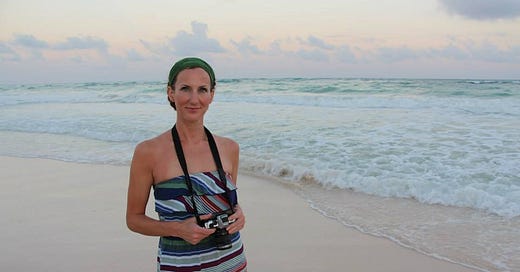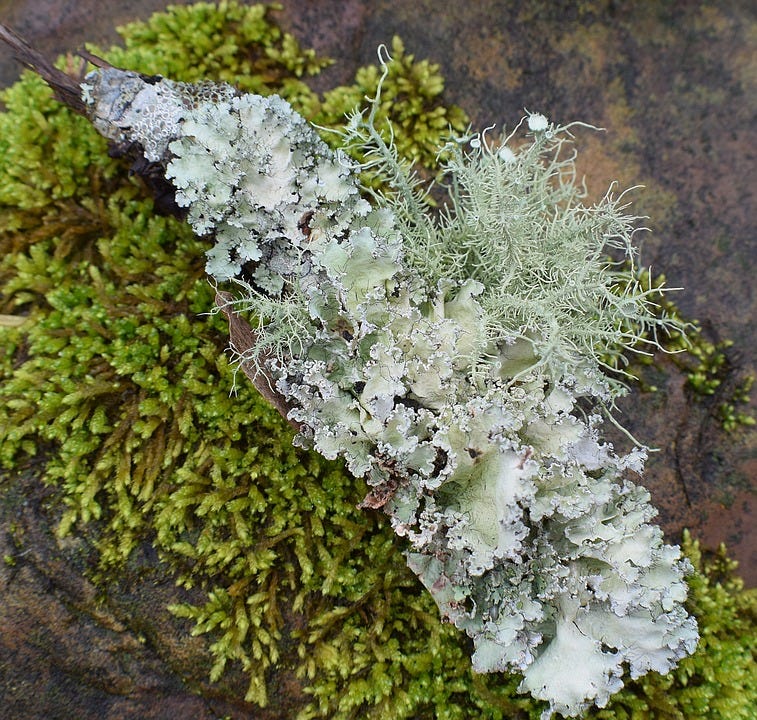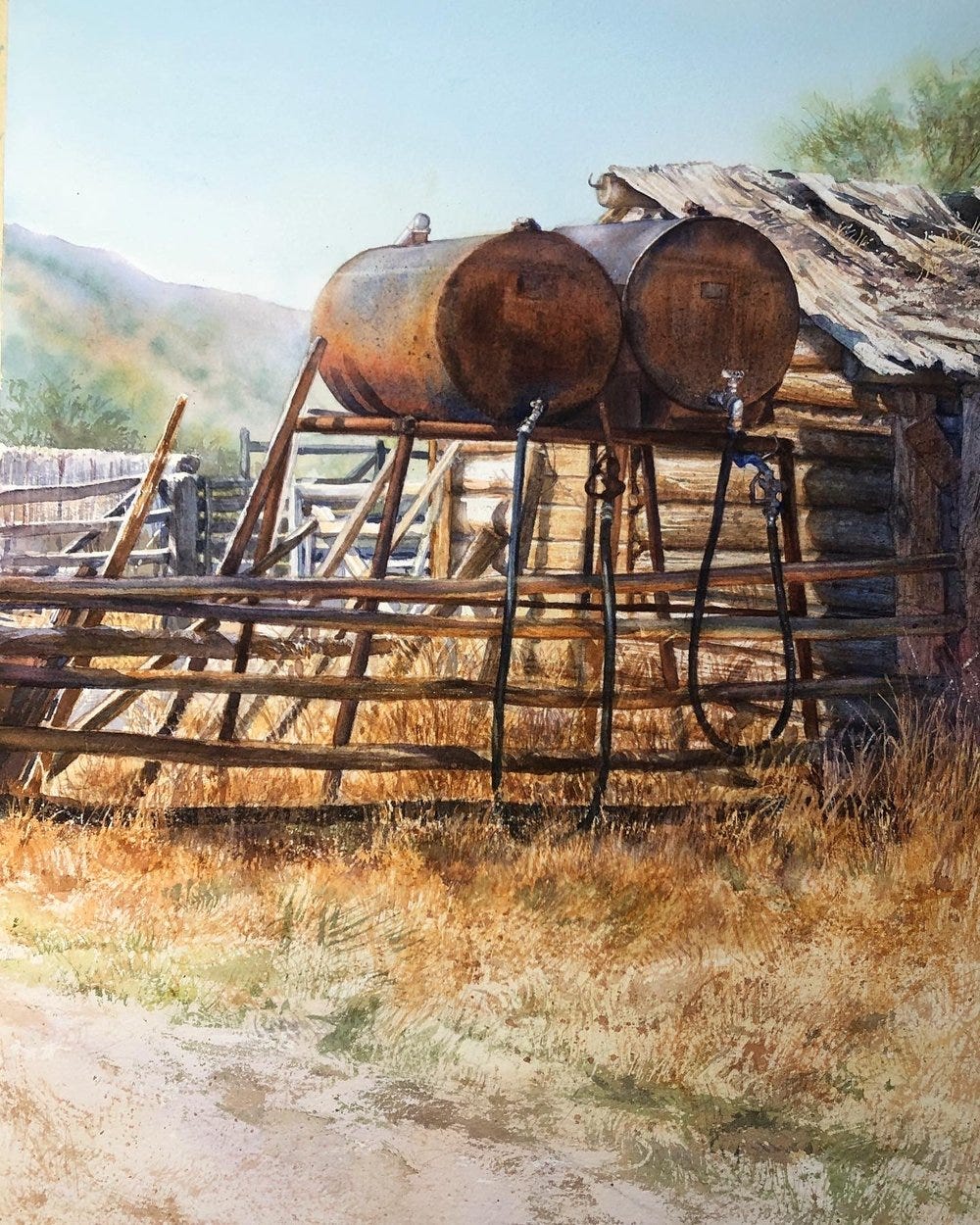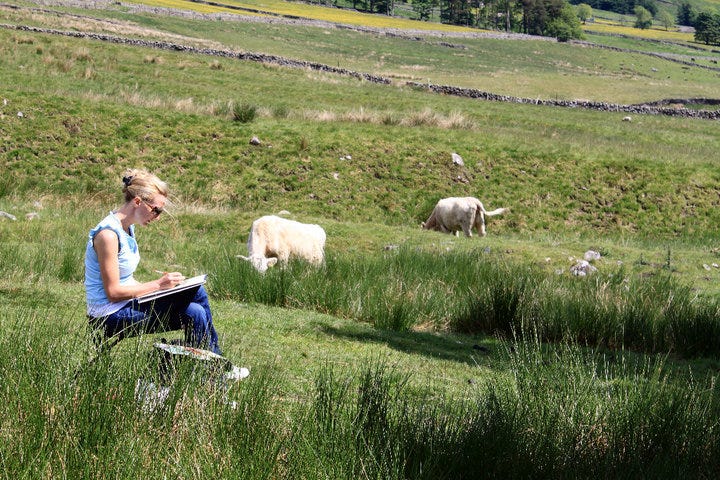How to "SEE" like an artist...
By cultivating our own artistic eye, we gain not only a new appreciation for life but also unlock our own incredible potential for creativity and innovation.
The artist's eye is not only about the visual details in the world around us; it's also about making connections and seeing the bigger picture.
By cultivating our own artistic eye, we gain not only a new appreciation for life but also unlock our own incredible potential for creativity and innovation. The journey of learning to “see like an artist” is one that is ongoing and offers limitless possibilities for personal growth and self-expression.
The Artist’s Eye…
Let’s explore how we can all learn to see like an artist and unleash our own innate creativity and find beauty in the every day.
WHERE TO BEGIN
Start by observing & being curious (and maybe a bit silly):
Artists are attuned to the subtle nuances of the world around us. By taking time to really look at the world, we can develop our own creative eye. Try going for a slow walk or taking time in nature to observe with all of your senses. One of my favourite things to do is get down close to the forest floor and imagine I am microscopic. What would lichen, moss or fungi look like to me? How luscious in this macro world beneath our feet?
Take note of the colours, textures, and shapes you see. There is no one colour of green, brown, grey… Looks for flecks of colours that may surprise you. What of these surprising discoveries will make you smile? This type of mindful observation can open the door to unexpected inspiration. I find using adjectives helps. Labelling colours, textures, shapes in this way really helps me to draw connections and relationships between objects and spaces, light and shadow.
As much as I am a visual artist - I use words to help analyze and dissect what I ‘m looking at. Language and building your vocabulary whether written or a visual vocabulary REALLY helps. Be as descriptive as you can be.
Embrace imperfection:
One of the greatest gifts of “seeing like an artist” is that everything feels precious and worthy. We hold reverence for some things that others deem ugly, old, dilapidated. Think rusty tractors, peeling paint on a window sill or an old barn leaning on it’s last post.
We can use this embracing of imperfection to allow us too, the freedom to experiment and make mistakes. Try letting go of the need for perfection and allow yourself to play and explore. Embrace the unexpected and allow your creative impulses to guide you. Whether it's through abstract painting or free-writing, let yourself be led by intuition.
Find your medium:
Art comes in many forms, from music to dance to sculpture. Experiment with different mediums until you find one that speaks to you. Don't be afraid to step out of your comfort zone and try something new. You might be surprised at the form your own creativity takes! Perhaps like me, you have MANY to choose from. Visual art is my dominant career, but I also love writing and playing music. Luckily my life does not depend on the latter :)
Connect with others:
Creativity thrives in community. Seek out like-minded individuals and join a writing group, painting class, or community theatre troupe. These connections can provide valuable feedback, inspiration, and support. Even this publication is a wonderful place to spark ideas!
Practice your observation skills:
Finally, like any other skill, learning to see like an artist takes practice. Make it a habit to observe and experiment with what you are observing every day. Look for connections and patterns, constantly challenge your assumptions and try new things, and soon you will find that your own artistic eye will become more attuned and more intuitive with every passing day. Even just a few minutes a day can make a huge difference in honing your skills and developing your creative eye. Remember jotting a few ideas into a notebook is a great place to start.
Art has the power to transcend language and culture, to connect us to ourselves and to others. By learning to see like an artist – through mindful observation, experimentation, and dedication – we can unleash our own creative potential and reap the transformative benefits. Whether it's through writing, painting, or dance, take that creative leap and see where it takes you. Who knows – you might just discover a whole new facet of yourself in the process.
Warmly,









Thank you for this reminder! I'm not a visual artist but do try to mindfully observe the world around me - it's just very easy to forget! Or think you're doing it when you're actually just skating over details. I've never thought to deliberately try labelling the things I see, and intrigued that it's something you do because I always assumed visual artists wouldn't have much use for words in that way.
These are great tips! When I would do art for myself I would just spend hours and leave it feeling like it was still unfinished. However, creating art to go with my writing on substack has eased the pressure and I’m having a lot more fun with it. Flow is so important with art and when we strangle it with expectations, it suffocates. Xx